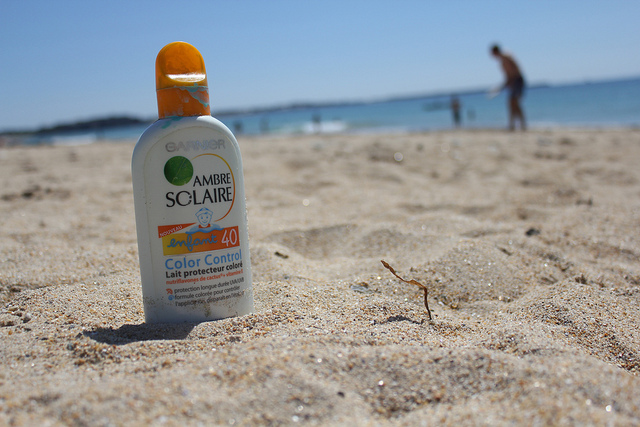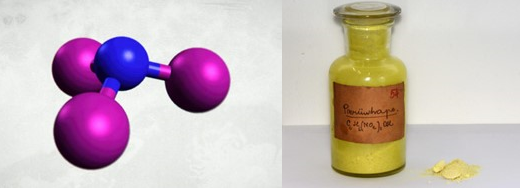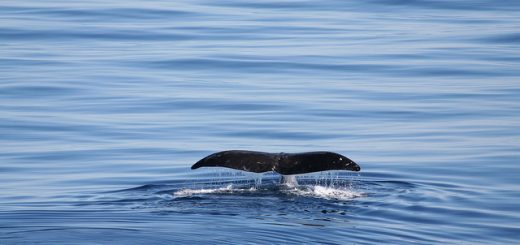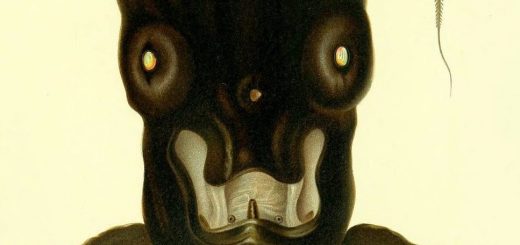Fish Mucus: The New Replacement for Sun Cream?

As we move away from a typical Glasgow summer, in which some of us may have managed to burn on a cloudy, 15˚C day, the importance of protecting ourselves from ultraviolet (UV) radiation from the sun may seem a distant problem. UV light can, however, have a very damaging effect on living organisms, by causing mutations in our DNA that can ultimately lead to the development of skin cancer1. Another, lesser known effect of UV radiation is on the durability of materials exposed to the elements, reducing their lifetime2. We do have access to readily available forms of protection against UV radiation in both situations: sun cream provides a level of defence against the sun’s rays, and non-living materials can be coated with synthetic protective agents. However, these compounds are not always environmentally friendly, and both forms of protection are not always effective against all types of UV radiation, or sufficiently long-lasting.
A surprising solution to this problem has been identified in the mucus of reef fish3 4. Reef fish mucus contains mycosporines that offer a natural and effective barrier against both damaging forms of UV radiation (UV-A and UV-B). By combining mycosporines with chitosan, a compound found in the exoskeleton of insects, a UV stable and biodegradable substance can be formed. A further benefit from this combination of compounds is the ability to form a variety of products such as solutions, gels and fibres, meaning a multifunctional product for UV protection that withstands prolonged UV irradiation with high efficiency. This biological UV protective substance overcomes all issues encountered with traditional sun creams and those faced by outdoor materials, so it might be that for our single day of Glaswegian summer next year, we are all covering ourselves in sun cream made from fish mucus and insect skeletons.
Edited by Debbie Nicol
References
- http://www.cancerresearchuk.org/about-cancer/causes-of-cancer/sun-uv-and-cancer/how-the-sun-and-uv-cause-cancer
- A.L. Andrady, S.H. Hamid, X. Hu, A. Torikai. Effects of increased solar ultraviolet radiation on materials. Journal of Photochemistry and Photobiology B:Biology 46 (1998) 96-103
- S. C. M. Fernandes, A. Alonso-Varona, T. Palomares, V. Subillage, J. Labidi and V. Bulone. Exploiting mycosporines as natural molecular sunscreens for the fabrication of UV absorbing green materials. ACS Applied materials and interfaces. 2015; 7, 16558 – 16564
- https://www.newscientist.com/article/dn27992-mix-fish-secretions-with-shrimp-shells-to-make-super-sunscreen/










